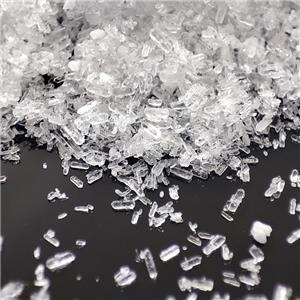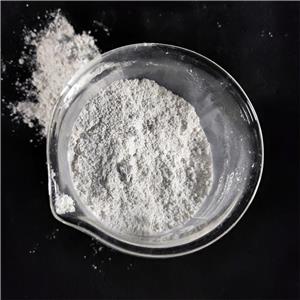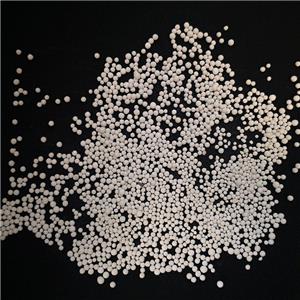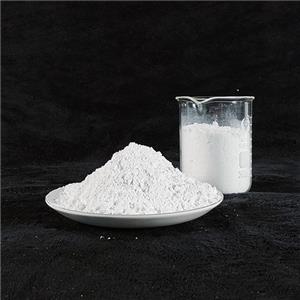Seven reasons for surface modification of magnesium hydroxide
Seven reasons for surface modification of magnesium hydroxide
The surface modification of magnesium hydroxide is to improve its compatibility and dispersion in the polymer base material, thereby improving the mechanical properties and flame retardant efficiency, while reducing environmental pollution and optimizing the overall performance of the product. Here are seven main reasons why surface modification of magnesium hydroxide should not be ignored:
1. Improve compatibility and dispersion
The surface of magnesium hydroxide is rich in acidic hydrophilic groups and is prone to agglomeration, resulting in poor compatibility and dispersion in polymer materials, thus affecting the mechanical properties of the product. Through surface modification treatment, its hydrophobicity can be enhanced and its uniform distribution in the polymer can be significantly improved.
2. Improve mechanical properties
In composite materials, high addition amounts of magnesium hydroxide tend to reduce the overall mechanical properties. Through surface modification, this negative impact can be alleviated, the mechanical properties of composite materials can be optimized, and the overall strength and toughness of the product can be improved.
3. Enhance flame retardant efficiency
As an inorganic flame retardant, magnesium hydroxide requires a higher filling amount to achieve the desired flame retardant effect. However, surface modification can improve its compatibility with the matrix material, thereby enhancing the flame retardant performance and still achieving the desired effect at a lower filling amount.
4. Reduce environmental pollution
Magnesium oxide generated after the decomposition of magnesium hydroxide has stable chemical properties and no secondary pollution. It is an environmentally friendly material. Through surface modification, its environmental protection performance can be further improved, making its application in the field of green materials more prominent.
5. Reduce material usage
Surface modification can improve the flame retardant efficiency and mechanical properties of magnesium hydroxide, thereby reducing its usage to a certain extent. This not only reduces raw material costs, but also reduces the load stress on composite materials and enables a more economical production process.
6. Optimize overall performance
Modified magnesium hydroxide not only improves compatibility and dispersion, but also improves its comprehensive properties such as thermal stability and chemical resistance. These improvements make the material perform better in practical applications and bring more added value to the end product.
7. Expand application areas
Through surface modification, magnesium hydroxide can be more widely used in different fields, including rubber, plastics, coatings, and textiles, thereby expanding its market application scope and increasing its commercial value.




